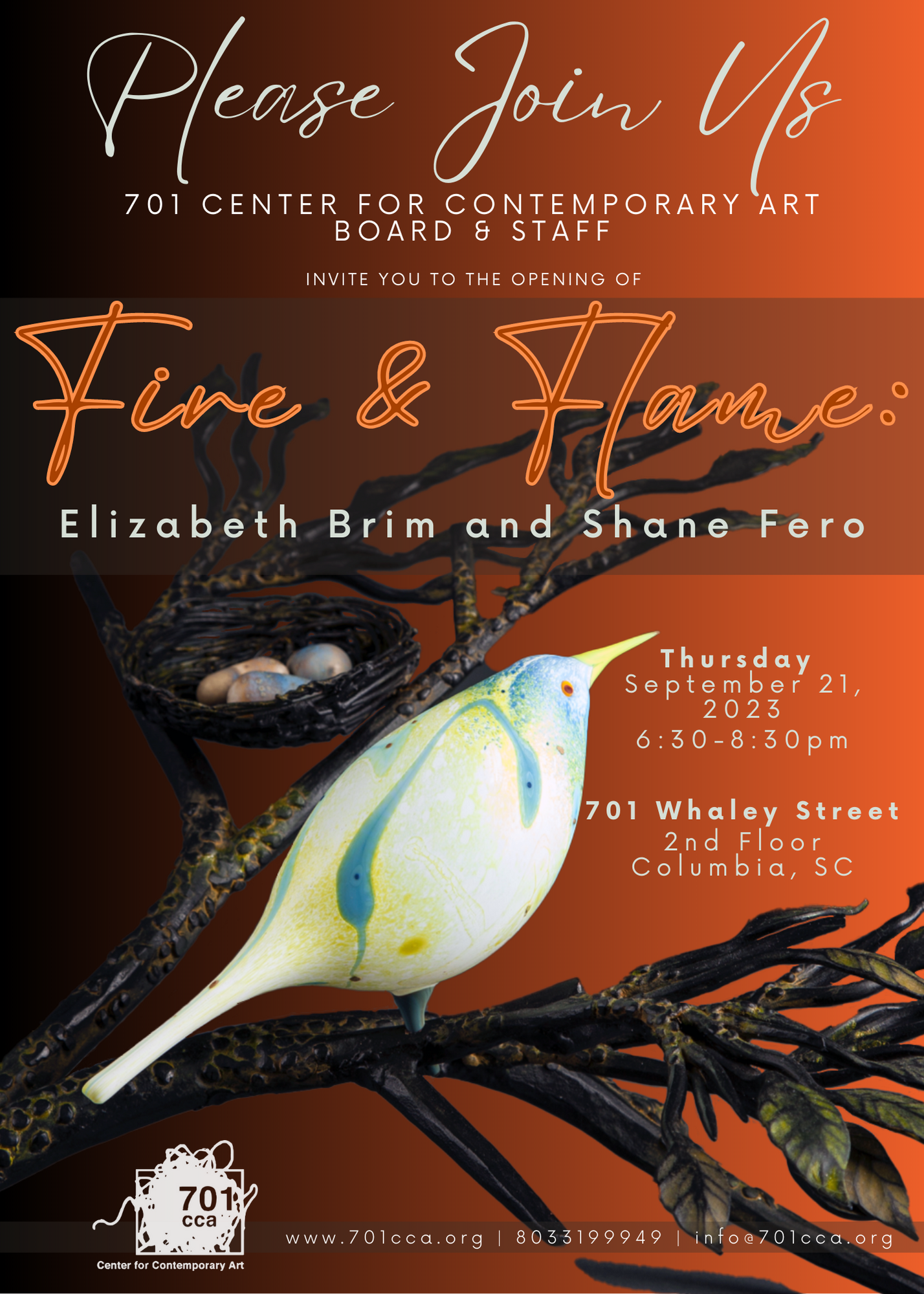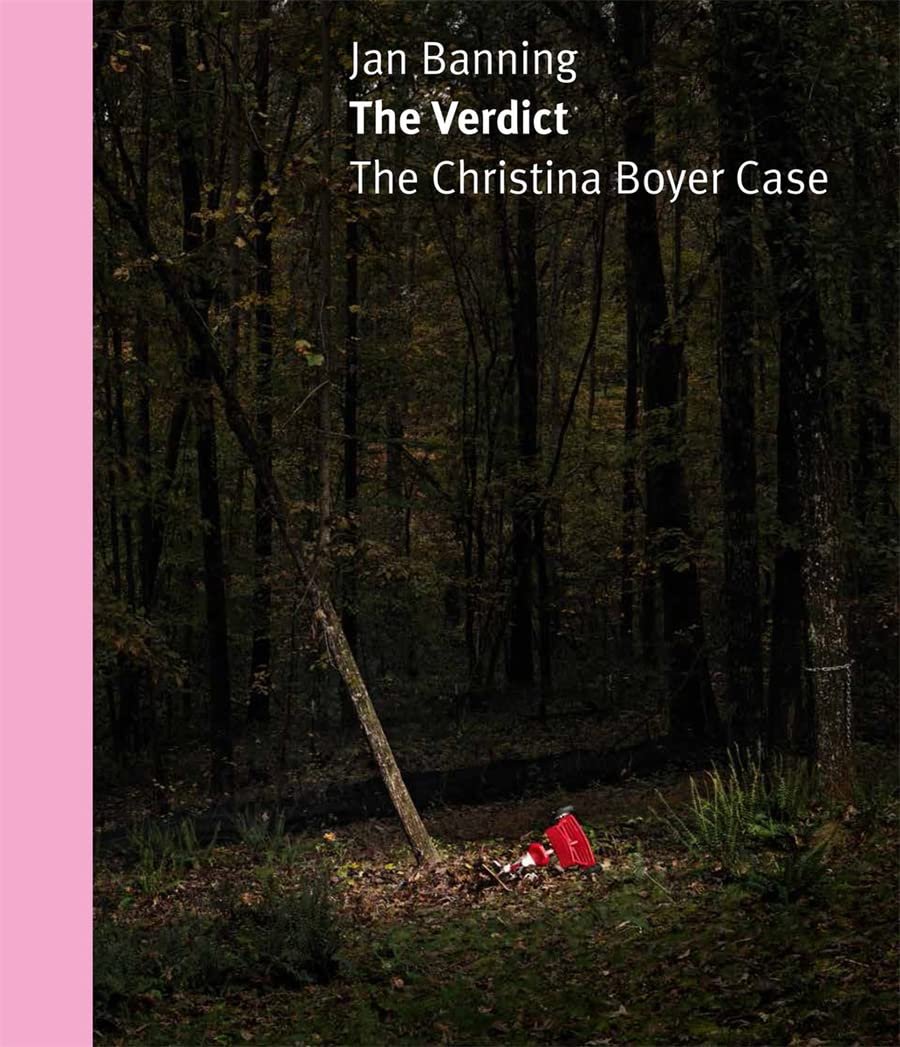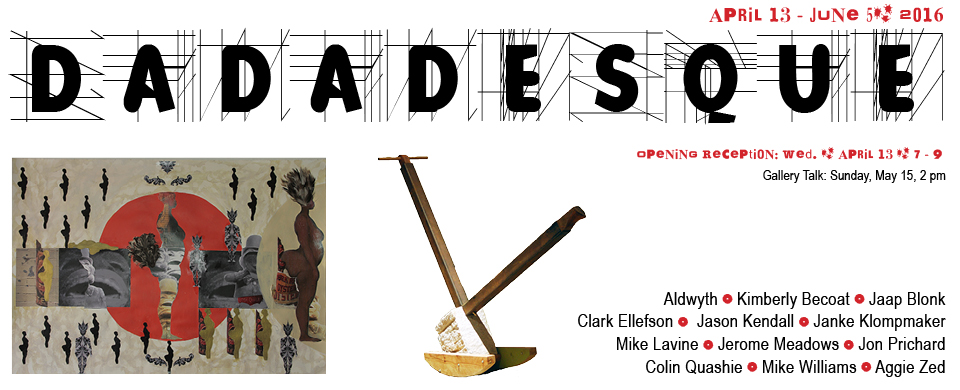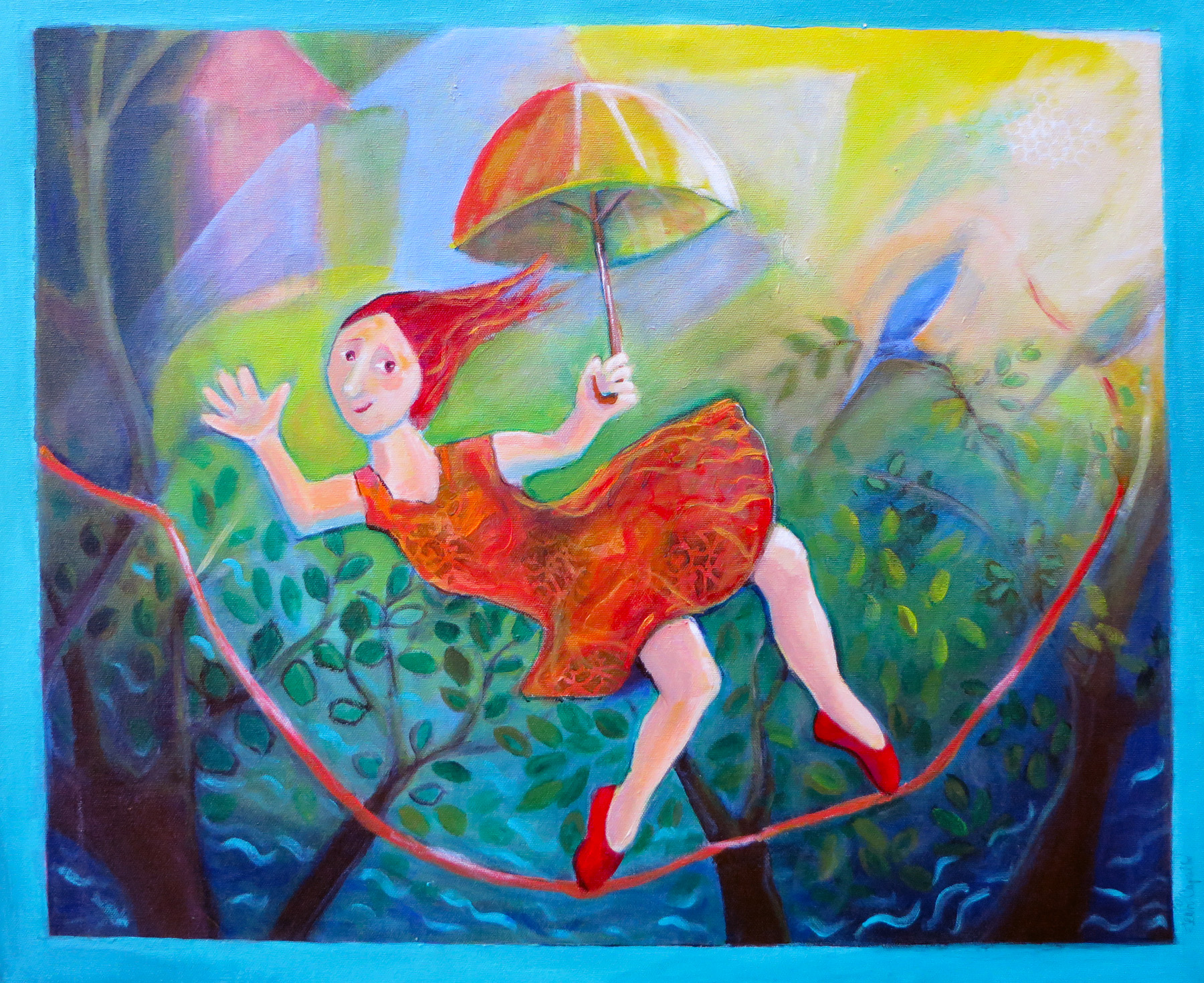 701 Center for Contemporary Art in Columbia, S.C., announces the second installment of the 701 CCA Prize, an art competition and exhibition for professional South Carolina artists 40 years and younger occurring every other year. The project will take place this year with a juried process resulting in a October – December exhibition for the competition’s three finalists and an award celebration announcing the winner. Eligible artists are invited to apply for the 701 CCA Prize by completing and submitting the application package by September 8, 2014.
701 Center for Contemporary Art in Columbia, S.C., announces the second installment of the 701 CCA Prize, an art competition and exhibition for professional South Carolina artists 40 years and younger occurring every other year. The project will take place this year with a juried process resulting in a October – December exhibition for the competition’s three finalists and an award celebration announcing the winner. Eligible artists are invited to apply for the 701 CCA Prize by completing and submitting the application package by September 8, 2014.
“With this second installment of the 701 CCA Prize, 701 Center for Contemporary Art continues to add a crucial component to the eco-system and infra-structure for artists and the visual arts in South Carolina,” 701 CCA board chair Wim Roefs said. “The 701 CCA Prize is the most important platform to highlight some of the extraordinary young talent in South Carolina, and as such, this competition and exhibition has come to fill a void, not unlike 701 CCA South Carolina Biennial has with respect to a regular overview of contemporary art in our state.”
The project’s purpose is to identify and recognize artists 40 years and younger whose work is exemplary in its originality, shows awareness of artistic developments and is of high artistic merit. The 701 CCA Prize will be awarded to one young professional South Carolina artist for outstanding art production since January 1, 2012. Aside from the age requirement, eligible artists must currently live in South Carolina. They must have or have had a solo exhibition in a museum, art center, regular commercial gallery or a designated gallery space in a cultural facility between September 1, 2012 – September 1, 2014. They also must fulfill several practical requirements outlined in the application guidelines. The application fee is $25.
An independent jury of three art professionals will select three finalists for the 701 CCA Prize. The three finalists will be included in the 701 CCA Prize Exhibition from October 30 – December 21, 2014, at 701 CCA. The exhibition’s opening reception will be October 30. The 701 CCA Prize Winner will be announced during the 701 CCA Prize Celebration on November 27, 2014.
The 701 CCA Prize Winner will receive a six-week, paid residency at 701 CCA; a solo exhibition at 701 CCA; consultation services from a professional advertising and marketing firm; and an ad in a national publication. The jurors for the 701 CCA Prize 2014 will be announced later.
“The 701 CCA Prize is loosely based on the Turner Prize for artists in the United Kingdom,” board chair Roefs said. “The Turner Prize is one of the most prestigious art awards in the world and generates a lot of exposure for and excitement about the finalists. While the 701 CCA Prize differs in several ways from the Turner Prize, we hope that with a South Carolina context, it will trigger similar interest and excitement.”
For further inquiries, contact director@701cca.org or call Sheldon Paschal at (803) 319.9949.
About the 701 CCA Prize: The 701 CCA Prize, organized by 701 Center for Contemporary Art in Columbia, S.C., is an art competition and exhibition for young professional South Carolina artists. The project’s purpose is to identify and recognize artists 40 years and younger whose work is exemplary in its originality, shows awareness of artistic developments and is of high artistic merit. The 701 CCA Prize will be awarded to one artist for outstanding art production since January 1, 2012. Summary of Procedures Applications must be in the possession of 701 CCA by September 8, 2014, 5:00 p.m. An independent jury of three art professionals will select three finalists for the 701 CCA Prize based on, first, artistic merit as shown through provided images and, second, supporting materials about the applicants’ art production and career. The three finalists will be included in the 701 CCA Prize exhibition at 701 CCA. Works by each finalist for the 701 CCA Prize exhibition will be selected by a 701 CCA curatorial team. The 701 CCA Prize winner will be selected from the three finalists by the independent jury based on the artists’ applications. The 701 CCA Prize winner will be announced during the 701 CCA Prize Celebration on November 27, 2014. The Prize Package The 701 CCA Prize winner will receive: ■ A six-week, paid residency at 701 CCA; ■ A solo exhibition at 701 CCA; ■ An ad in a national art publication concurrent with the solo exhibition. ■ Consultation services from a professional advertising and marketing firm; Members of the 701 CCA Prize 2014 jury will be announced later. Crucial Dates July 11 – September 8, 2014 Application Period September 16 Public Screening of Selected Prize Applicants September 17 – 19 Jury Selections September 24 Announcement of Three Finalists October 30 Exhibition Opens October 30 Exhibition Opening Reception November 27 Prize Celebration and Announcement of Winner December 21 Exhibition Closes Application Fee The application fee is $25, which must be included with the completed application. Eligible Artists Eligible artists must: ■ Currently live in South Carolina; ■ Be a professional artist 40 years or younger on October 30, 2014; ■ Have had or have a solo exhibition in a museum, art center, commercial gallery or a designated gallery space in a cultural facility between September 1, 2012 – September 1, 2014 (exhibitions in venues that are, as determined by 701 CCA, not professional art institutions and/or primarily an art institution, such as restaurants, coffee shops, stores, bars, etc., are not eligible);
■ Have by September 24, 2014, available a body of work in one or more visual art medium/media completed after January 1, 2012, substantially enough to fill approximately one-third of the 2,500 square feet gallery space at 701 CCA. In case of performance art work, high quality DVD representations of past performances must be available. Performance artists will be required to provide a schedule of no less than 3 public performances during the exhibition period. In case of site-specific installation art, artists must be willing and able to create a site-specific installation at 701 CCA for the 701 CCA Prize exhibition between October 23 – 28, 2014. ■ Agree to deliver art works selected for the 701 CCA Prize exhibition with requested paperwork to 701 CCA on Friday or Saturday, October 19 or 20, 2014. ■ Be available to attend the opening reception of the 701 CCA Prize exhibition on October 30, 2014, AND the 701 CCA Prize celebration on November 27, 2014, during which the 701 CCA Prize winner will be announced. Required Application Materials To apply, the following materials must be provided on DVD or CD unless otherwise noted: 1. The completed and signed Application Form. (Hard Copy) 2. Ten (10) high-quality, digital images, 300 dpi or more (visual and craft artists) or 3 videos (media and performance artists) of art works completed since January 1, 2012. The images must show art works strongly related to what would be available for the 701 CCA Prize exhibition. 3. The images or videos must be accompanied by a completed Checklist Form. The information in the image documents headers must first list the artist’s last name, then the number corresponding to the image’s number in the checklist, then the checklist information. 4. Documentation of one solo exhibition fitting the criteria described under “Eligible Artists.” The solo exhibition documentation MUST include: a). A completed Solo Exhibition Documentation Form signed by the artist AND the director, curator, board chair, owner or other person in charge of the art venue where the exhibition took place. (Hard Copy) b). An original invitation to the solo exhibition (Hard Copy). c). Gallery installation shots, reviews, exhibition brochures, publications, articles, etc., that document the solo exhibition. 5. A resume/CV. 6. A bio of no more than 300 words. 7. An artist’s statement of no more than 300 words addressing the applicant’s general artistic vision and how this vision applies to his or her art production since January 1, 2012, as shown in the images included with the application. 8. A check for $25 payable to 701 CCA. Submitting Applications Applications containing the DVD/CD with all required forms and materials, hard copies of other required forms and the artist’s solo exhibition invitation and a check for $25 should be received no later than September 8, 2014, 5:00 p.m., at 701 CCA. Questions: Contact us at director@701cca.org or contact Sheldon Paschal at 803.319.9949. Mail application to: 701 CCA 701 CCA Prize P.O. Box 12822 Columbia, S.C. 29211 Application materials will not be return































